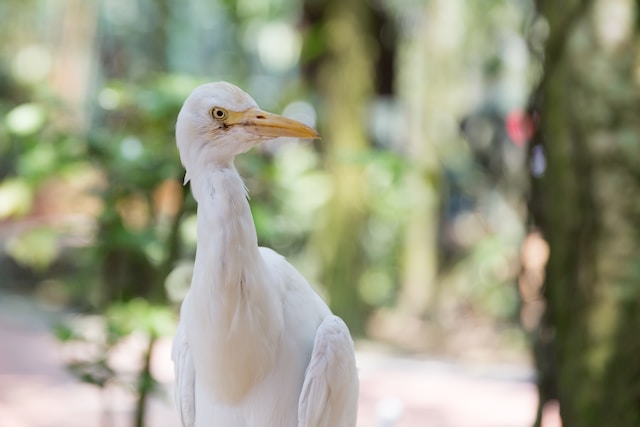- 19 May 2023
- 52
Anatomy of Doves Unveiling the Graceful Features

Doves, with their ethereal beauty and gentle demeanor, have captured our admiration for centuries. These avian wonders exhibit unique physical characteristics that set them apart from other birds. In this article, we delve into the anatomy of doves, unraveling their graceful features and the adaptations that allow them to navigate the world with elegance.
- Size and Shape:
Doves are generally small to medium-sized birds, characterized by a plump body and a streamlined shape. Their compact physique enables them to maneuver swiftly through the air and navigate dense vegetation with ease. The rounded contours of their bodies lend a sense of softness and elegance to their overall appearance.
- Plumage and Colors:
Doves showcase an array of beautiful plumage, with variations in color, patterns, and markings. Their feathers are typically soft and silky, giving them a delicate and refined look. While some species display muted shades of gray and brown, others exhibit striking colors such as iridescent blues, greens, and purples. Their unique feather patterns, including spots, bars, and patches, add to the charm of these avian beauties.
- Wings and Flight:
Doves possess strong and well-developed wings that enable them to soar gracefully through the skies. Their wingspan, relative to their body size, allows for efficient and agile flight. Doves are known for their smooth, gliding flight patterns, effortlessly riding air currents and showcasing their aerial finesse. The sound of their wings in flight is often characterized by a soft whistling or fluttering noise.
- Beak and Feeding Adaptations:
The beak of a dove is small and pointed, reflecting their primarily seed-based diet. This specialized beak allows them to efficiently crack open seeds and grains. Doves lack the strong, hooked beaks of raptors or the long, probing beaks of insect-eating birds. Instead, their beaks are adapted for the consumption of small, bite-sized food items. This adaptation facilitates their role as seed dispersers, as they consume and transport seeds to different locations.
- Eyes and Vision:
Doves have large, expressive eyes positioned on the sides of their heads, providing them with a wide field of vision. Their keen eyesight allows them to spot potential predators, locate food sources, and navigate their surroundings. Doves’ eyes are particularly adapted for detecting motion, which aids in their ability to swiftly react to any potential threats.
Conclusion:
The anatomy of doves is a testament to their grace and beauty. From their plump bodies and streamlined shapes to their soft and silky plumage, every physical characteristic of a dove contributes to their elegance and adaptability. Their wings enable them to glide effortlessly through the air, while their specialized beaks and keen eyesight facilitate their survival in diverse habitats.
As we observe doves in flight or appreciate their colorful plumage, we gain a deeper appreciation for the intricate design of these avian creatures. The physical characteristics of doves serve as a reminder of the diversity and wonders of the natural world.
So, the next time you encounter a dove perched on a tree branch or gracefully taking flight, take a moment to marvel at its exquisite anatomy and the unique adaptations that make it a true marvel of nature. Let us celebrate the beauty and grace of doves, and the remarkable ways in which they enhance our world with their presence.

